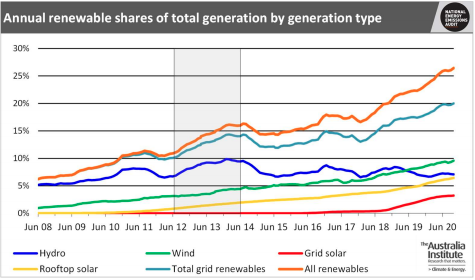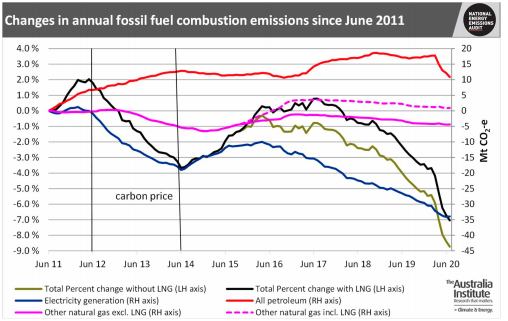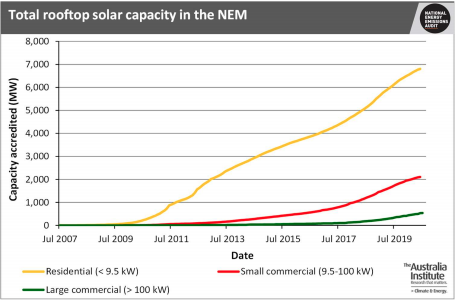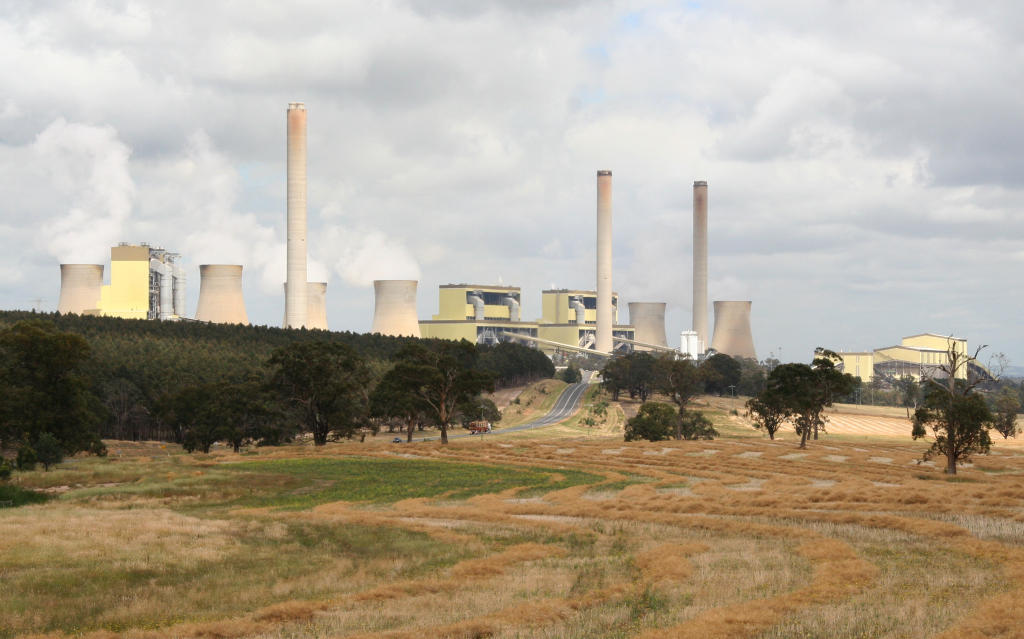The Australia Institute has released a bumper edition of its National Energy Emissions Audit, analysing the electricity sector over August and September 2020. Author Hugh Saddler found renewable generation in September reached its highest ever share of total sent out NEM generation at 31.5%. In South Australia, that number skyrocketed with the total renewable generations as a share of electricity consumed at 75%. On September 22, wind and solar supplied over 90%.

The record high share of renewables meant a record low share for fossil fuel generation, which was 73.5%. Black coal generation also reached a record low level of 49.5%, making September the fourth successive month in which, for the first time ever in the history of electricity supply in Australia, black coal generation supplied less than 50% of all electricity supplied to consumers. Furthermore, the total annual gas generation in the NEM was just 7.7%, only slightly above the record low level reached about a year and a half ago.
Over the 12 months to the end of July 2020, emissions (excluding emissions from LNG production in Queensland), fell by nearly 14 Mt CO2-e, equivalent to 4.6%. Of which 1.6% was caused by the sharp fall in consumption of aviation fuel and petrol from March onward. A larger share, 2.5%, was caused by the displacement of coal generation in the NEM by wind and solar. In other words, renewables displacing fossil fuels in the NEM had a greater impact on national energy emissions than the pandemic.

The shares of total annual renewable generation, including small solar, in the individual states were Queensland 15%, New South Wales 18.5% (made up of 2.8% from Snowy Hydro, 10% from grid scale wind and solar, and 5.5% from small solar), Victoria 25%, South Australia 57% and Tasmania 99%.

This is set to shift radically in the country’s largest electricity consuming state, New South Wales. On Monday, the NSW Coalition government unveiled its $32 billion plan to deliver 12 GW of new renewable energy capacity to the state with an additional 2 GW of storage capacity by 2030.
“This ambitious new plan sets NSW up to be Australia’s number one destination for renewable energy investment over the coming decade,” Clean Energy Council Chief Executive, Kane Thornton, said of the plan.
“It will provide tremendous confidence to private investors about when and where new generation is needed, while resolving a number of the key barriers to investment, such as access to the necessary transmission capacity, investment certainty through long-term energy services agreements and addressing slow and costly planning processes.”
The plan is estimated to create 6,300 construction jobs and 2,800 ongoing jobs, garnering applause from Beyond Zero Emissions, the climate change think tank behind the Million Jobs Plan.
“The Roadmap includes an option for a minimum price assurance for generators and speeding up approvals for transmission infrastructure in Renewable Energy Zones, in line with key asks from the Million Jobs Plan. And while more than 9,000 jobs and $32 billion of private investment is expected to roll into NSW regions by 2030 under the Roadmap, we know from our Million Jobs Plan many more downstream jobs are created when Australia’s electricity systems are powered by abundant, affordable renewable energy,” Chair of Beyond Zero Emissions, Eytan Lenko, said in a statement.
New legislation
Also on Monday, independent member for Warringah, Zali Steggall, tabled her long awaited Climate Change Act in Federal Parliament. More than 100 Australian businesses, industry groups and community organisations have publicly endorsed the bill, which focuses on what needs to be done for Australia to reach net-zero emissions by 2050.
This would bring Australia into line with other world governments, including France, UK, as well as presumably the US, following the election of Joe Biden as president on the weekend. Biden has promised to hit net-zero emissions “no later than 2050” and achieve an emissions-neutral electricity sector by 2035.
Despite the Morrison government’s climate isolation growing by the day, Energy Minister Angus Taylor yesterday told The Australian the Morrison government will not commit to the necessary steps to bring Australia into line with a net-zero emissions by 2050 target, flagging a reluctance to adopt policies which would harm carbon-intensive export industries. With or without the support of the federal government, it seems fossil fuels are being displaced at record pace, with the tide turning towards renewables.
This content is protected by copyright and may not be reused. If you want to cooperate with us and would like to reuse some of our content, please contact: editors@pv-magazine.com.









1 comment
By submitting this form you agree to pv magazine using your data for the purposes of publishing your comment.
Your personal data will only be disclosed or otherwise transmitted to third parties for the purposes of spam filtering or if this is necessary for technical maintenance of the website. Any other transfer to third parties will not take place unless this is justified on the basis of applicable data protection regulations or if pv magazine is legally obliged to do so.
You may revoke this consent at any time with effect for the future, in which case your personal data will be deleted immediately. Otherwise, your data will be deleted if pv magazine has processed your request or the purpose of data storage is fulfilled.
Further information on data privacy can be found in our Data Protection Policy.